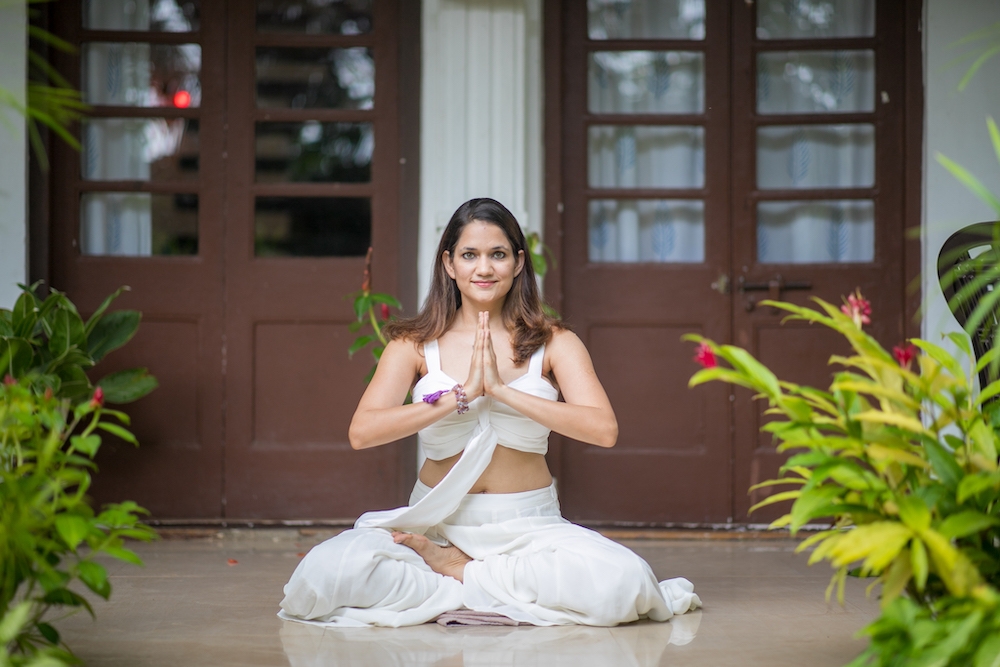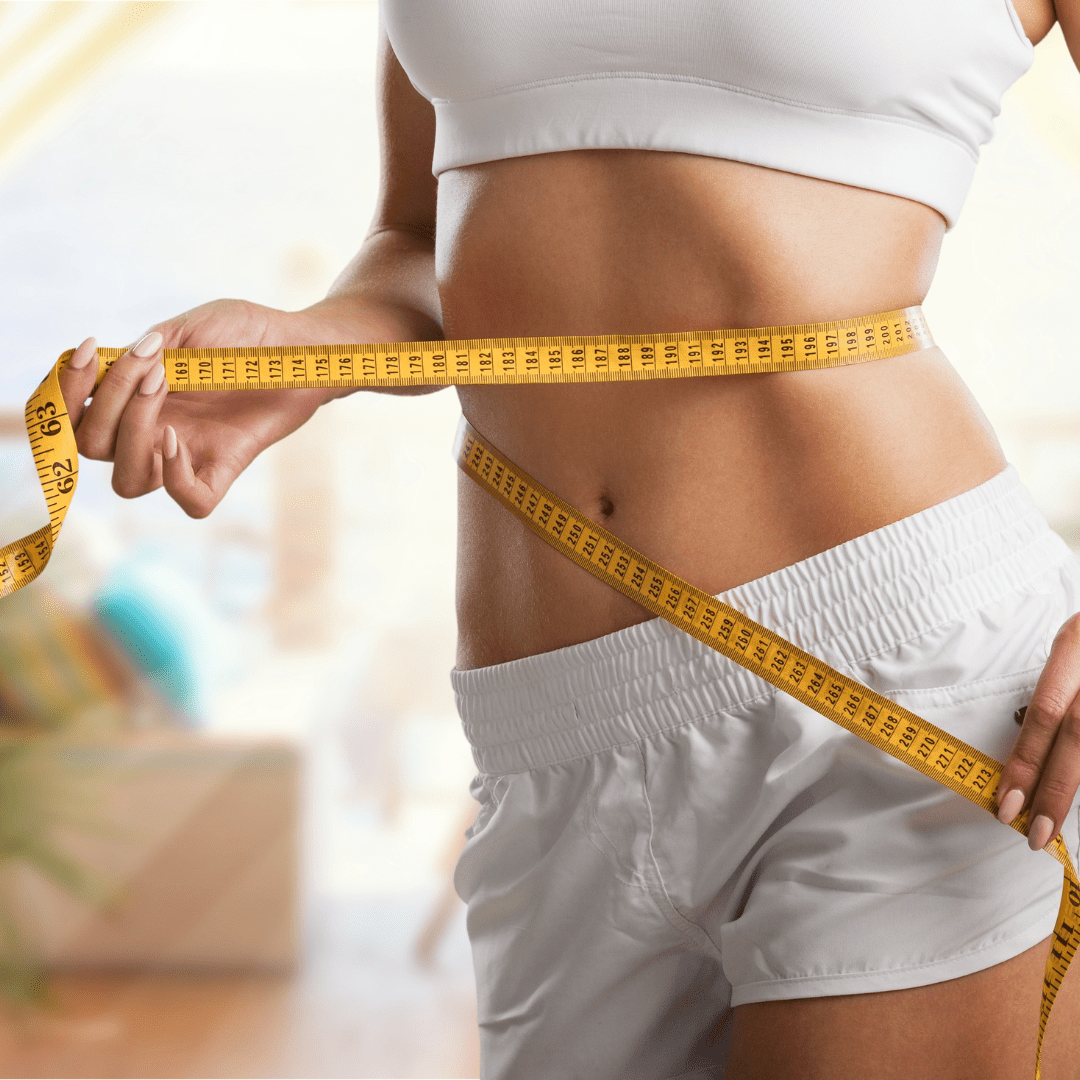When you enter a Yoga Studio, you’re bound to find many types of yoga styles listed, being taught by an equally diverse group of teachers. So, understandably it can be daunting to select one, especially if you’re a beginner. So, let me help you clear all doubts with this simple update on the 9 different types of Yoga today.
Hatha Yoga
Pace: moderate
Focus: holding postures with breath awareness
Of the various types of Yoga covered in this article, Hatha Yoga come closest to traditional Indian Yoga. It has greater focus on holding static postures. These classes would usually also include pranayama and breathing practice. In Hatha Yoga, you’ll experience a strong focus on breath awareness, and often you’ll hold poses by counting breath instead of keeping time on a watch. This type of class should generally be suitable for everyone. It is moderately paced, which allows the teacher to pay attention to new students.
You can try this free Hatha Yoga Class on YouTube to get an idea about this practice
Vinyasa
Pace: fast
Focus: coordinating movement with the breath
This is a style of Yoga with dynamic movements between postures. Unlike Hatha Yoga, where we directly transition from one position to another – in Vinyasa, the transition from one pose to another is a seamless and continuous, dance-like flow. You will coordinate your movements with the breath which helps build endurance. Vinyasa practice also has a lot more repetitions as you do the same routine repeatedly. You may find these classes demanding as they are fast-paced. This is why they may not give the teacher as much time to observe or modify postures for complete beginners. If you find yourself in such a class and cannot keep up, just rest it out in child pose whenever you get breathless. There is nothing wrong with that – simply join again once you’ve caught your breath.
Get started with your vinyasa journey, try this Spine and Shoulders Vinyasa class on Yoganama TV

Ashtanga Yoga
Pace: fast
Focus: breath and postures of the series
Ashtanga Yoga is a challenging type of Yoga that started in Mysore. It has six levels that get progressively difficult. Each level has a fixed set of postures, and you can only move to the next level after you’ve perfected each pose in the previous series. It involves a lot of strength and endurance, and the first series has over 60 Chaturanga Dandasana (Yoga triceps pushups). Only a select few teachers are authorized to teach this method, making it a coveted practice with crowded studios and a cult-like following. It is also one of the most popular forms of Yoga in the west and many celebrities practice this type of yoga. It is not so popular in India but is catching up now in metro cities.
Note that this Ashtanga Yoga is different from the philosophy of Sage Patanjali, which also has the same name Ashtanga Yoga. Patanjali’s Ashtanga Yoga refers to the eight limbs explained in his text, the Yoga Sutras. Sometimes this can create confusion as both use the same term.

Power Yoga
Pace: fast
Focus: strength and endurance
It is an athletic style of Yoga that uses powerful postures and intense practices to create a very demanding exercise. It is actually a form of Ashtanga Yoga that some ex-students started. They mixed up the poses from all levels of Ashtanga Yoga – making them available to everyone. Because otherwise, progressing from one level to another used to take years in the traditional Ashtanga Schools.
In a nutshell, Power yoga is a more fitness-oriented Ashtanga Yoga practice that gives everyone access to advanced postures. These days, any challenging form of Yoga gets the name Power Yoga, so, it is not very representative of any specific shool.

Iyengar Yoga
Pace: moderate or slow
Focus: alignment and precision
This is also an Ashtanga based practice but with greater emphasis on precise alignment. While Ashtanga was more challenging and aggressive, Iyengar made his style inclusive for people of all levels by introducing very innovative props. As a result, today, Iyengar Yoga is considered one of the best methods for injury healing. It is a safe practice and can be made as intense or restorative as per the individual’s needs. It is suitable for sports injuries and also safe for senior citizens.
Try this relaxing yoga class on YouTube with deep stretches facilitated by use of yoga props.
Restorative Yoga
Pace: slow
Focus: reduce stress, promote healing
This is a slow-paced, relaxing yoga practice generally used for stress management, trauma or injury healing. It was started by a student of Iyengar Yoga. In this style, you use props to create comfortable positions that help induce relaxation and release tension. The props make the poses accessible to everyone and allow you to stay in a particular position without too much strain. This has a very relaxing and rejuvenating effect. While it is great to de-stress and relax, it is not a complete practice in itself and should be combined with other forms of movement or exercise.
Here’s a 15 min relaxing Yoga Class to give your body and mind a quick reset and recharge!
Yin Yoga
Pace: slow
Focus: improving flexibility
Postures are held for long periods, anywhere from 3 minutes to 10 minutes, in this style. Again, the goal is to manipulate the connective tissues and muscles. It is similar to Restorative Yoga, except that Yin Yoga poses can be challenging to hold as you’re not always in a restful state. Instead, you’re pushing the body’s limits.
This practice is inspired by Traditional Chinese Medicine (TCM). It is derived from Yin-Yang Yoga – an approach inspired by Daoism and nature where both elements of rest and movement were performed together. Students of Yin-Yang yoga (made famous by Paulie Zink) took the yin aspect of the practice, which was more relaxing and popularized the Yin Yoga sequence. Therefore, it is an occasional supplementary practice and should not be the ONLY type of Yoga you practice. It should be combined with other energetic and movement-based types of Yoga.
You can look up this article for a relaxing yin yoga practice.

Hot Yoga
Pace: fast
Focus: Purifying the body and mind
When you practice yoga in a hot and humid room with very high temperatures (> 40 C) is called Hot Yoga. It is a Vinyasa based practice and is famous for its workout like intensity. The artificial heat helps remove stiffness by relaxing the muscles and getting deeper into postures. The sweating also helps detox and gives that after-practice glow. Though another reason temperatures in a Hot Yoga class are higher is to replicate the Indian weather in cold western countries. So, it is fair to say that most Indians practice plenty of ‘hot’ Yoga naturally – thanks to the summer heat!
Try this Sun Salutations practice during the day without any fan and with windows closed. Make sure you stay sufficiently hydrated and only try this if you’re in good health and exercise regularly.
Kundalini Yoga
Pace: varies
Focus: balancing chakras, raising Kundalini
This practice is centred around the concept of sacred sound; that is why mantra Japa, kirtan and music are an integral part of Kundalini yoga. The practise involves breathing and repetitive bodily movements (Kriyas) to unlock the Kundalini energy. Most Kundalini teachers in the west exclusively wear white clothing, and music is an integral aspect of these classes. Do not expect it to be similar to your regular yoga class – it is an entirely unique experience as it is a more meditative practice compared to the other types of yoga covered in this article.
There are many other forms of Yoga which are brands created by different people who have given a unique spin to their methods. Example Sivananda, Jivamukti, Anusara, Integral Yoga etc. Most of these are Hatha Yoga or can be clubbed under any one of the above Master Styles of Yoga.
You can find more resources on Kundalini Yoga here.

How to choose what types of Yoga I should practice?
As we have seen, there are many yoga practices today. And this is great because an individual can choose the type of Yoga most suited to their temperament and personality type. We all need our unique yoga prescription, which can change from day to day depending on our mood, energy levels, weather, environment, space available, and many other factors. And that’s where Yoga is unique – You can personalize your practice to meet your needs.
But if you’re still feeling confused, I have created a quiz that you can take to identify which practice is most suitable to your present needs. So go ahead and take the quiz here.
Do note that most modern-day classes, irrespective of which kind of yoga you choose, are primarily asana-based practices. Therefore, one must supplement them with regular Pranayama and Meditation. They will act as catalysts in your journey and will help you unlock the true power of Yoga. You can also look up my Free Power of Breath Series on YouTube – where you get one new pranayama to practise every day for 21 days.






